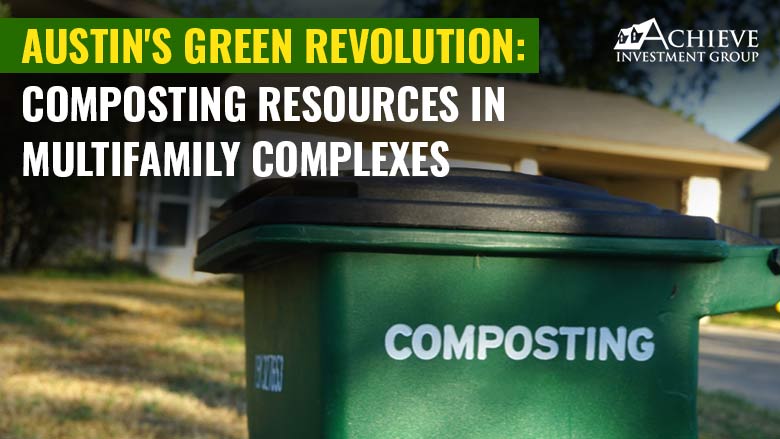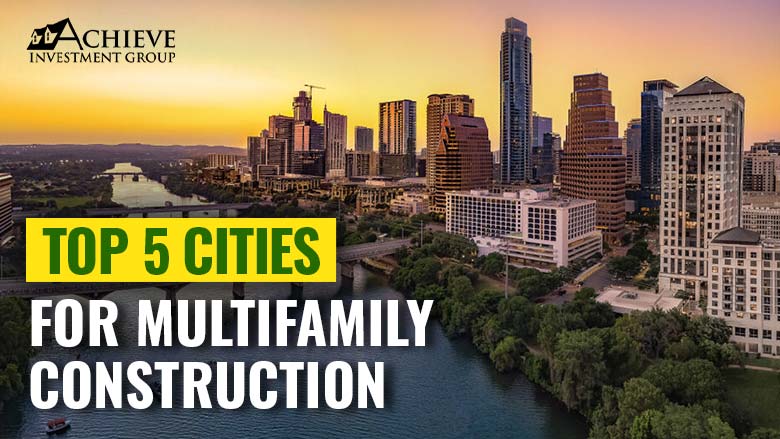Top 5 Trends in Multifamily Investing: What Every Investor Should Know
The multifamily real estate market is experiencing significant shifts as we move into 2024. Investors need to stay informed about the latest trends to make strategic decisions. Here are the top five trends in multifamily investing that every investor should know: Unprecedented Construction of Multifamily Units 2024 is projected to witness an all-time high in constructing multifamily units. This surge is driven by a backlog of projects initiated in previous years. However, a slowdown in new construction due to economic factors, such as rising interest rates, suggests that this boom may not last long. Investors should be prepared for increased competition as new properties flood the market. Stabilization and Moderate Growth in Rental Rates After a period of volatility, rental rates are expected to stabilize, with modest increases projected. Factors such as a stable labor market and sustained demand for housing are contributing to this trend. Investors can anticipate single-digit rent growth as the market seeks equilibrium following previous fluctuations. Shift Towards Long-term Rentals Over Homeownership With high mortgage rates making homeownership less accessible, many individuals opt for long-term rentals. This trend is reshaping the demographic profile of renters and presents opportunities for real estate operators to cater to this growing segment. Investors should consider properties that appeal to long-term renters, as this demographic shift will likely continue. Impact of Hybrid Work Models on Multifamily Choices The rise of hybrid work models is influencing where people choose to live. There is a growing demand for living spaces that accommodate home offices, and many renters prefer locations outside traditional business centers. This trend offers opportunities for property owners to innovate in design and amenities, catering to a workforce that values flexibility. Advanced Technologies in Multifamily Property Searches Integrating advanced technologies, particularly artificial intelligence, transforms how potential renters and buyers navigate the market. AI-powered tools for property searches, virtual tours, and personalized recommendations are becoming more prevalent. Investors should leverage these technologies to enhance the rental experience and streamline operations. FAQs 1. What is multifamily investing? Multifamily investing involves purchasing properties that contain multiple separate housing units, such as apartment buildings or duplexes. This allows investors to generate rental income from multiple tenants. 2. Why are rental rates stabilizing? Rental rates are stabilizing due to a combination of factors, including a stable labor market, reduced volatility in the housing market, and a balance between supply and demand as new units come online. 3. How does the shift towards long-term rentals impact investors? This shift means that investors should focus on properties catering to long-term renters, as more individuals choose to rent rather than buy due to high mortgage rates and home prices. 4. What role does technology play in multifamily investing? Technology, particularly AI, is not just a tool but a game-changer in the property search process. It’s making it easier for potential renters to find suitable units through advanced search tools and virtual tours, thus significantly improving the overall rental experience. 5. How can investors prepare for the construction boom in multifamily units? Investors should analyze market trends and competition carefully, focusing on unique selling points of their properties, such as amenities and location, to attract renters in a crowded market










